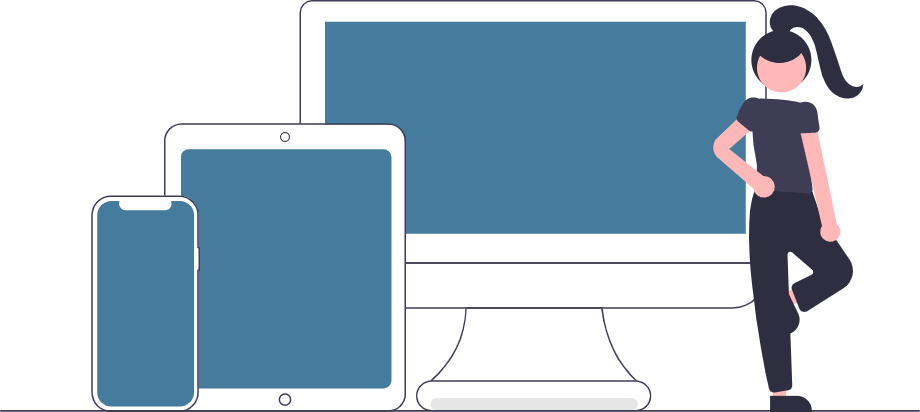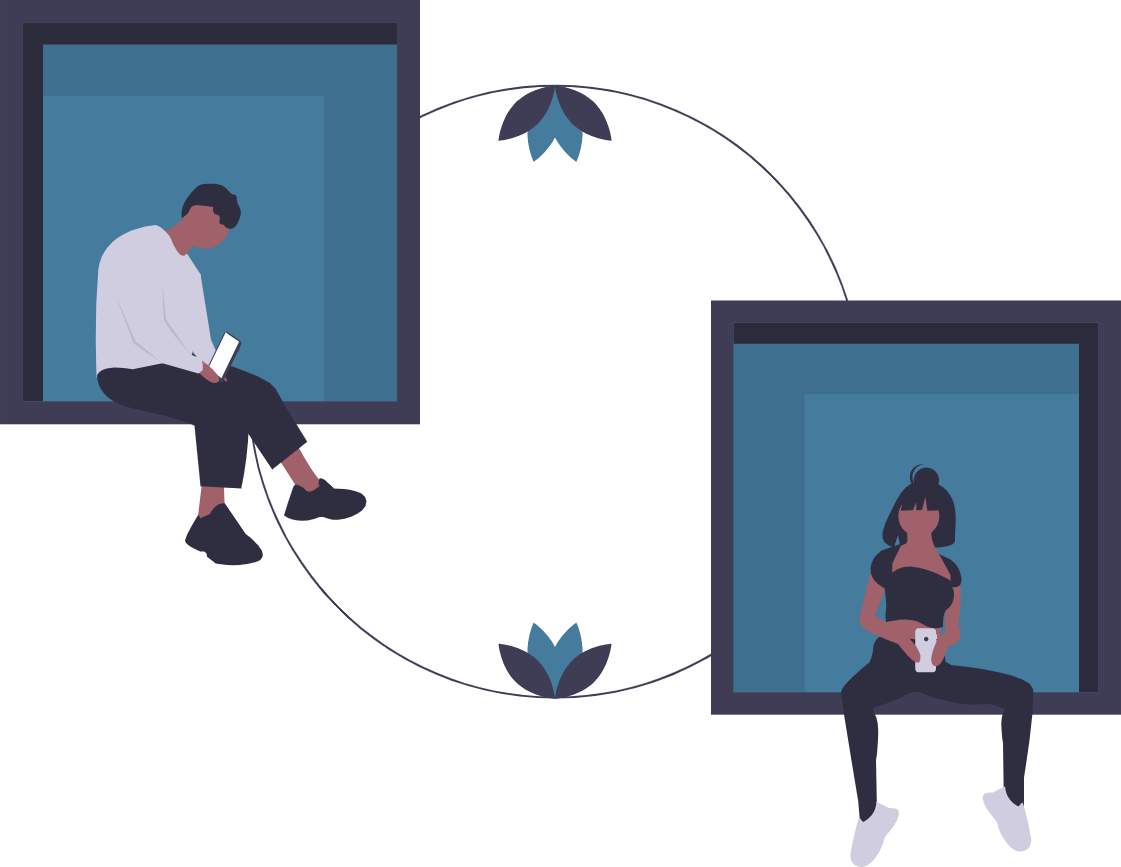About the method
How you move is more important than how strong you are, how flexible you are, how fit you are or even how old you are. Our bodies have nearly limitless choices how to plan and perform even simple movements. It is HOW you move that will determine the amount of stress your joints or cartilage take. Changing how you move is possible for everyone at any age or physical ability level. It requires understanding, commitment and mental focus to make these changes, but it is possible regardless of age, strength, flexibility or pain level. I use this method to improve my own personal athletic performance as well as to enable people with “bone on bone” arthritis to walk and take stairs more comfortably.
How does it work?
There are a handful of fundamental movements that everyone needs to be able to do in order to move efficiently and easily. I will work with you to understand these movements and remove barriers that impede you from performing them easily and smoothly. As you become proficient in performing these movements, we will integrate them into large movements and understand how to use them in everyday activity. Fortunately for all of us, we do not need to be perfect to move well. If we did, we’d all be in trouble. When you make even a small change to a fundamental movement it can drastically reduce joint stress and pain and improve movement efficiency.
Why does it work?
Our brains are designed to reduce the amount of conscious thought needed for everyday activities, so we can focus on other higher priority tasks. To do this we develop patterns and habits for movements and tasks. This allows our brains to go into an “auto-pilot” mode, so we do not have to think about every little task we do. If we had to consciously think about planning out even 5% of our movements, we would quickly become overwhelmed and unable to function. This system is great for preserving focus, but it has drawbacks. If we develop a pattern that is inefficient or strenuous, we will often repeat it over and over until something prompts us to change. That something is usually pain. The inherent desire to avoid pain prompts us to find a new pattern either temporarily or permanently. Sometimes these new patterns are an improvement but sometimes they are a compensation, like a limp or stooping forward. When we are unable to find a new pattern or strategy for moving, tissue breakdown can occur and pain can become chronic.
By identifying old longstanding patterns and working to improve them (not perfect them) your brain changes the way it plans movement and ultimately the way you feel. It takes time to become aware of old patterns and then to learn to change them, but it's always possible and in my opinion a fascinating process.
If you are interested in exploring this type of work, start with my full body strengthening program, take a group course, or sign up for private sessions.

Free 10-Minute A Day Full Body Exercise Plan
Begin a regular strengthening routine that is safe and won't flare up your joint pain.

Take a Course
Get 6-8 weeks of guided instruction with a course designed for your specific issue

1-on-1 Sessions
Work directly with Dr. Dave, in-person or online, to get the individualized attention you need

